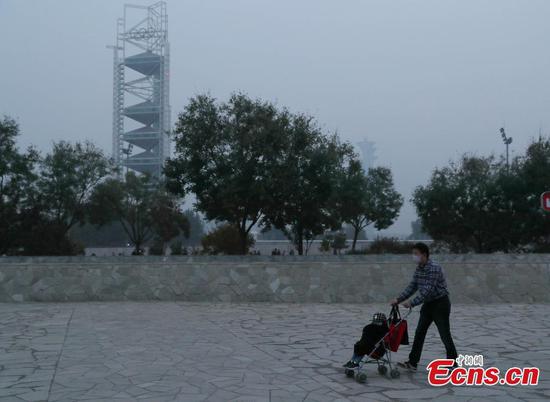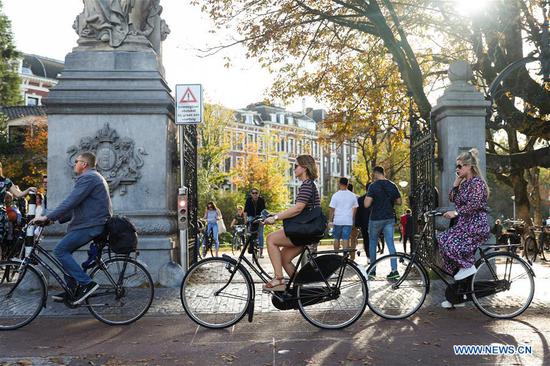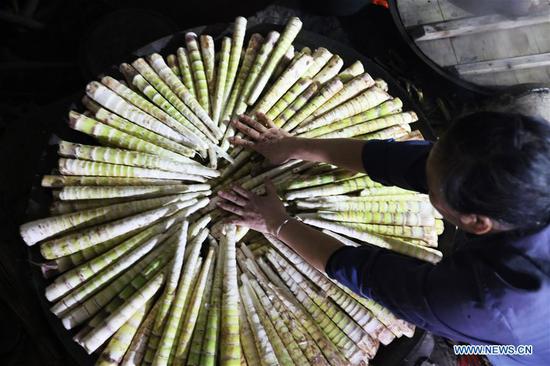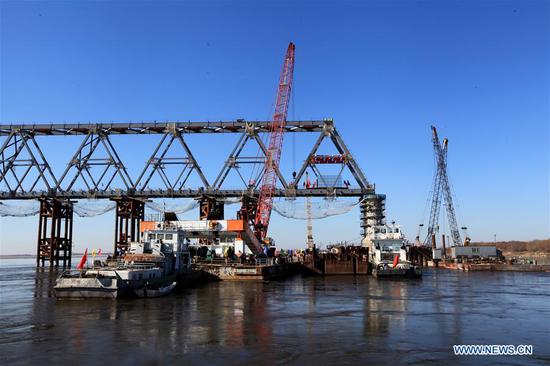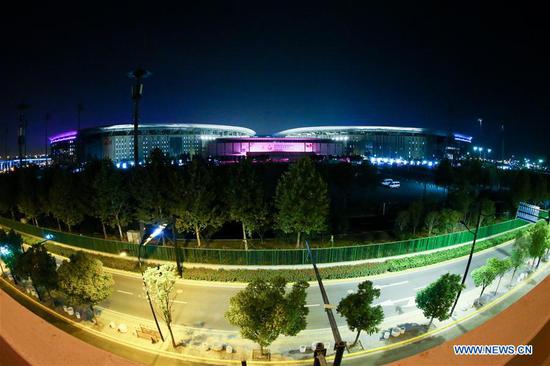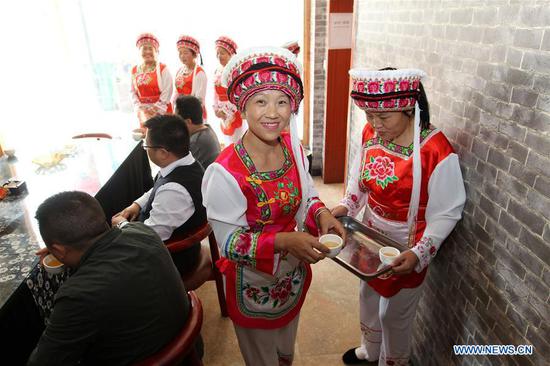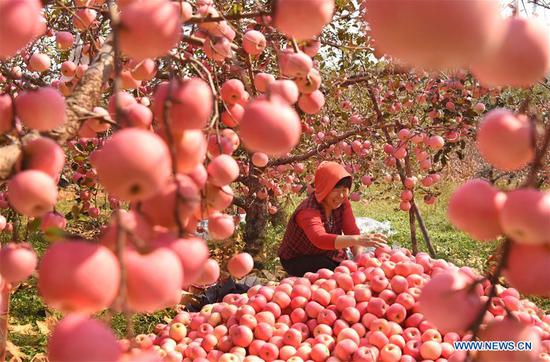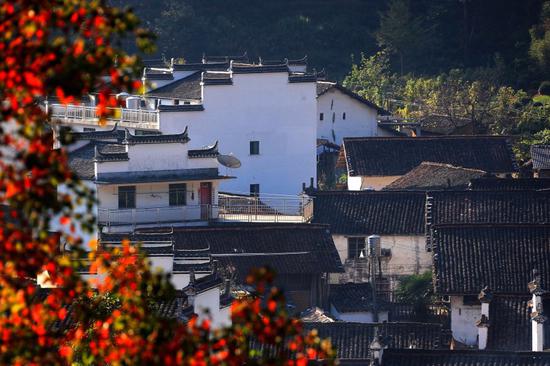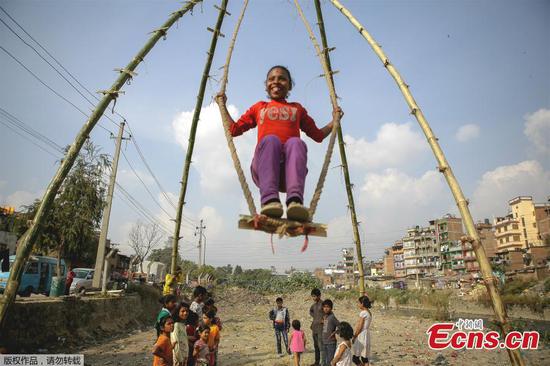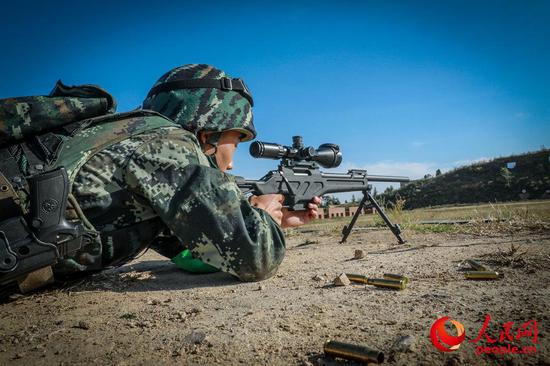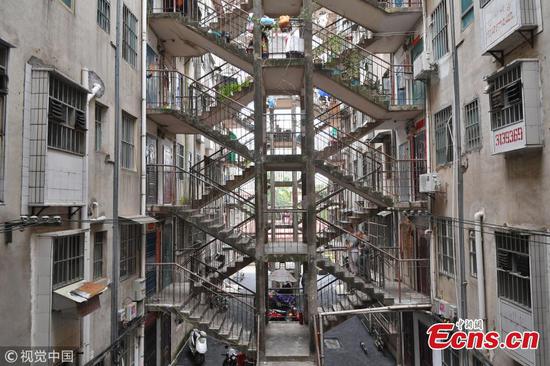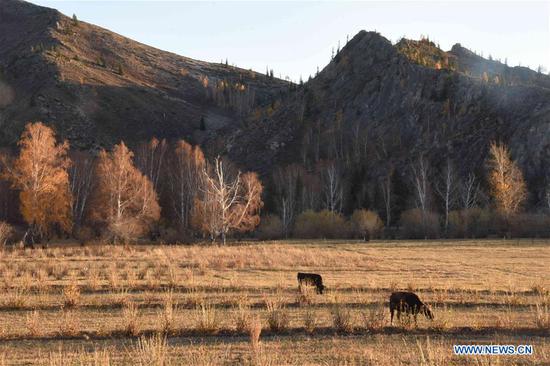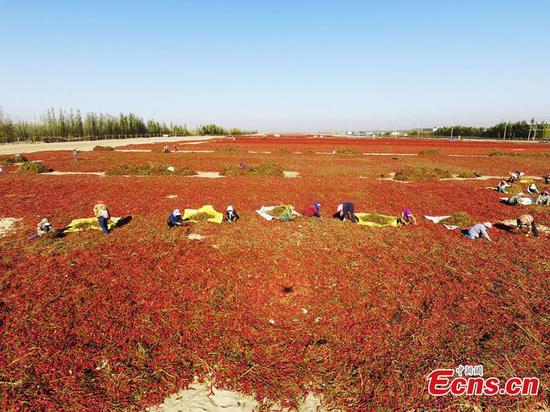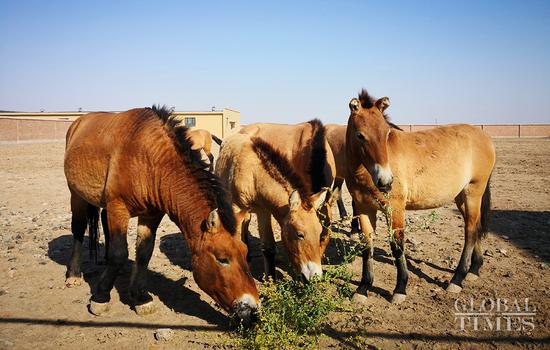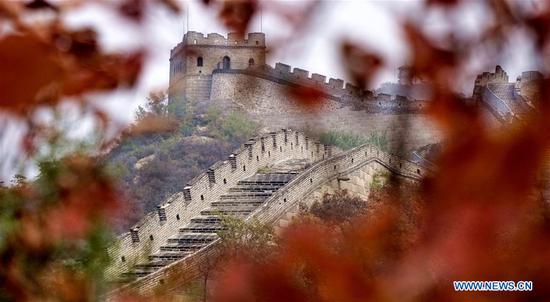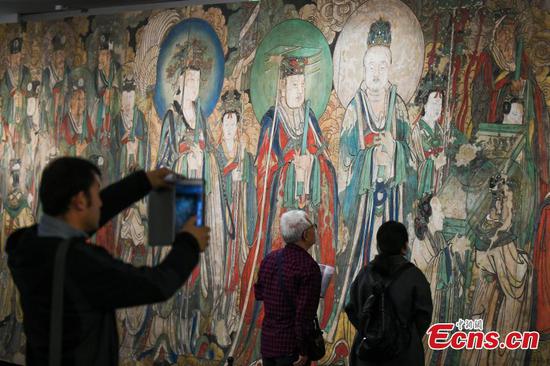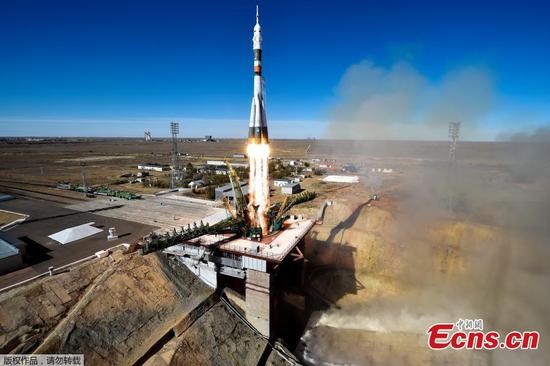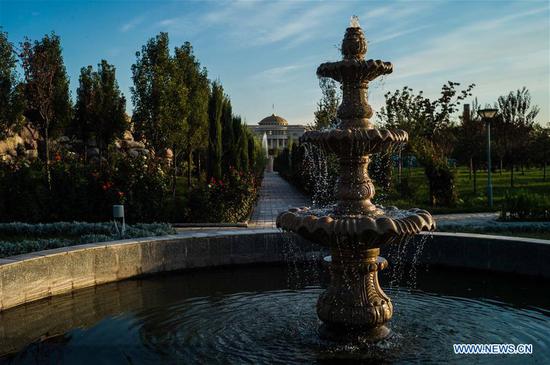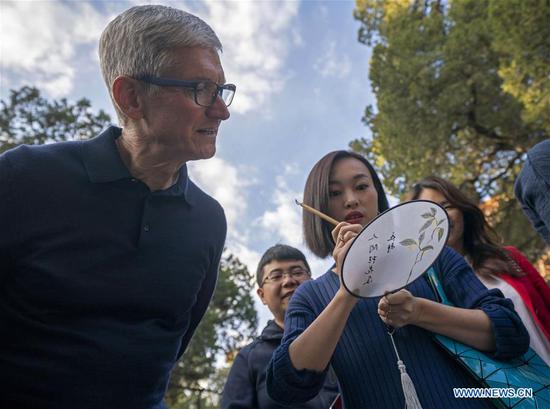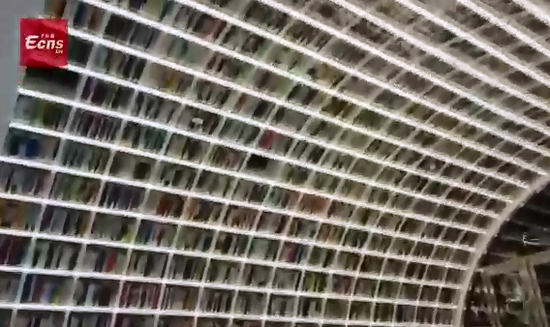Output halted
Not all companies have found the going easy.
The Diyuan ceramics factory in the Eastern Industrial Zone produces ceramic tiles intended as substitutes for imports in the many buildings going up around the country. The company began production about two years ago and work continued for a year and a half, but the local government environmental protection bureau made it stop output, according to Zhou Jingfeng, the factory's director.
"We have invested $3 million in pollution control. We can meet both Chinese standards and Ethiopian standards, but the local government, not the Ethiopian federal government, won't let us produce, because local residents complain to them when they see our (coal-fired) chimneys," Zhou said.
"In the yard at the ceramics factory, 104 containers have remained locked for more than 15 days. The charge for each container is $100 a day, so we are suffering a great loss."
The transition to manufacturing-based growth is just starting in Africa. For example, in Ethiopia in 2015, agriculture still accounted for 85 percent of employment, 90 percent of foreign currency earnings and about 39 percent of GDP, according to the federal government.
Debate is ongoing about whether the recent economic successes in Africa were caused by higher commodity prices or by a transition to an economy based on manufacturing-led growth.
A World Bank report last year concluded: "Over the past decade and a half, sub-Saharan Africa has experienced rapid economic growth at an average annual rate of 5.5 percent. But since 2008, the share of manufacturing in GDP across the continent has stagnated at around 10 percent.
"This calls into question as to whether African economies have undergone structural transformation - the reallocation of economic activity across broad sectors - which is considered vital for sustained economic growth in the long run."
One factor helping the transition is new Chinese-built infrastructure - roads, railways, dams, water and electrical systems - that make business possible.
Ahmed Shide, minister of Ethiopia's Government Communication Affairs Office, told Xinhua News Agency in May: "Learning from the Chinese economic growth experience, Ethiopia will have about 15 industrial parks by June, most of them built with Chinese money and expertise. We have also heavily invested, with Chinese assistance, in road, rail and air infrastructures to alleviate transportation problems for Ethiopia's exports."
Shide added, "The Addis Ababa-Djibouti rail line, which recently started commercial operations, has cut transportation time for Ethiopian goods to Djibouti ports from two days to 10 hours, giving a leg up for Ethiopia's economic dreams of becoming a light manufacturing hub in Africa and a middle-income economy by 2025.
"Ethiopia has seen China's success in having an efficient and effective infrastructure to facilitate exports from industrial parks, and, as such, is building a 'development belt' to copy the Chinese success story."
Shide said about half of the industrial parks will be located along the rail line.
Tao, from the Eastern Industrial Zone, said that changing an economic development strategy takes time. "In China, we have industrial parks everywhere, especially in Jiangsu. We know how to build them. But when we started negotiations with the Ethiopian ministries in 2008, they had no idea what an industrial park was. They did not have any laws about this.
"Ten years ago, the investors who came here thought that the risk was very low government efficiency. What took three days in China would take maybe a month in Ethiopia. But things have changed. Now, we don't even think about government efficiency," he said.
Huo Jiangtao, assistant dean of the Institute for African Studies at Guangdong University of Foreign Studies, told Xinhua in June, "China's investment in Africa has totaled more than $100 billion, and the country has built more than 20 economic zones on the continent, with more planned."
By the end of last year, Chinese companies had built 75 zones for economic and trade cooperation in 24 countries taking part in the Belt and Road Initiative, contributing more than $2.2 billion in taxes and creating almost 210,000 local jobs, according to Xinhua.
"We actually want to see more competition from local Ethiopian companies," said Lu Qizhong, director of the Eastern Industry Zone.
"For example, they have invested in cement factories, so their production capacity has increased rapidly. Ten years ago, their annual imports of cement were 3 million metric tons per year. Now, their capacity has reached 21 million tons, so they have the potential to export."
Tao said: "We want to teach the local people so, that some years later, these people can also be business operators. They can set up their own businesses. China was also like this in the 1980s. Young people working in factories got some experience and learned how to produce, then they went out of the factories and set up their own workshops.
"Also, we don't want to forget our old friends who helped us," he added. "In the 1960s and '70s, China got a lot of support from African countries. When friends support you in difficult times, you cannot forget them."









